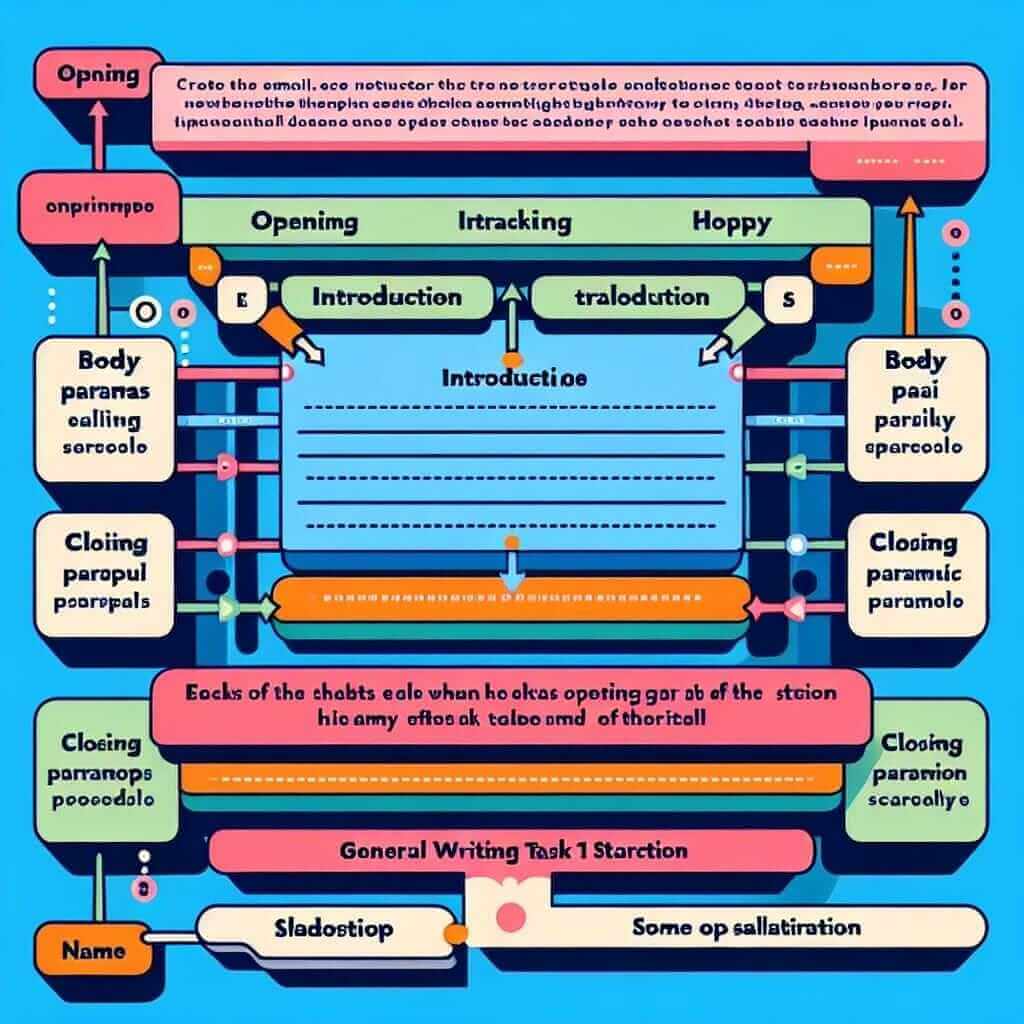The IELTS General Writing Task 1 requires you to write a letter, often an email, in response to a given situation. While it might seem less demanding than Task 2, crafting a successful email requires a specific approach and understanding of the IELTS assessment criteria. This guide will delve into the intricacies of “how to write an email for IELTS,” equipping you with the knowledge and strategies to excel in this task.
Understanding the Task and Assessment Criteria
Before putting pen to paper (or fingers to keyboard!), it’s crucial to understand what the examiner is looking for. The IELTS General Writing Task 1 assesses your ability to:
- Fulfill the task requirements: Address all the bullet points in the prompt and write in the correct format.
- Coherence and Cohesion: Present your ideas logically and use a range of cohesive devices to link them.
- Lexical Resource: Employ a wide range of vocabulary accurately and appropriately.
- Grammatical Range and Accuracy: Demonstrate control over a variety of grammatical structures with minimal errors.
Essential Elements of an Effective IELTS Email
A well-structured IELTS email adheres to a specific format and includes key elements:
1. Opening Salutation
- Formal: Dear Mr./Ms. [Last name], Dear Sir/Madam (if the name is unknown)
- Informal: Dear [First name], Hi [First name]
Choosing the appropriate salutation depends on your relationship with the recipient outlined in the task prompt.
2. Introduction
Clearly state the purpose of your email in the first paragraph. Be concise and direct.
- Example: “I am writing to inquire about…” or “I am writing in response to…”
3. Body Paragraphs
Divide the body of your email into two or three paragraphs, addressing each bullet point from the prompt in a separate paragraph. Provide relevant details and support your points.
4. Closing Paragraph
Summarize your main points and state any actions you expect the recipient to take or any requests you may have.
- Example: “I look forward to hearing from you soon.”
5. Closing Salutation
- Formal: Yours sincerely, Yours faithfully (if you started with “Dear Sir/Madam”), Kind regards
- Informal: Best regards, Regards, All the best
6. Your Name
Sign off with your first name as provided in the task instructions.
Analyzing an Example IELTS Email Task
Let’s examine a sample IELTS email task and a model response:
Task:
You are working part-time in a local shop. You need to take a week off work to attend a family wedding. Write a letter to your manager, Ms. Jones, to request this time off. In your letter:
- Explain why you need the time off.
- Give the dates you want to be away.
- Offer to help prepare for your absence.
Model Response:
Dear Ms. Jones,
I am writing to request a week of leave from work to attend my cousin’s wedding, which is taking place overseas. As it is a close family wedding, I would like to be present for the entire celebration.
The wedding festivities are scheduled from [Start date] to [End date], and I would need this period off work. I understand that my absence may coincide with a busy period for the shop. To ensure a smooth workflow, I am happy to assist with any preparations beforehand or train colleagues on any tasks they might need help with during my absence.
Thank you for considering my request. I look forward to your understanding and approval.
Yours sincerely,
[Your first name]

Tips for Success:
- Understand the tone: Determine the appropriate tone (formal or informal) based on the prompt.
- Use linking words: Employ a variety of cohesive devices (e.g., However, Therefore, In addition) to connect your ideas smoothly.
- Showcase your vocabulary: Utilize a wide range of vocabulary but ensure accuracy.
- Proofread carefully: Check for grammatical errors, spelling mistakes, and clarity of expression.
Conclusion
Mastering the art of writing an effective IELTS email takes practice and attention to detail. By understanding the task requirements, following the correct format, and employing the strategies outlined in this guide, you can confidently approach your IELTS General Writing Task 1 and achieve your desired score. Remember, consistent practice and feedback are key to honing your writing skills and succeeding in your IELTS exam.